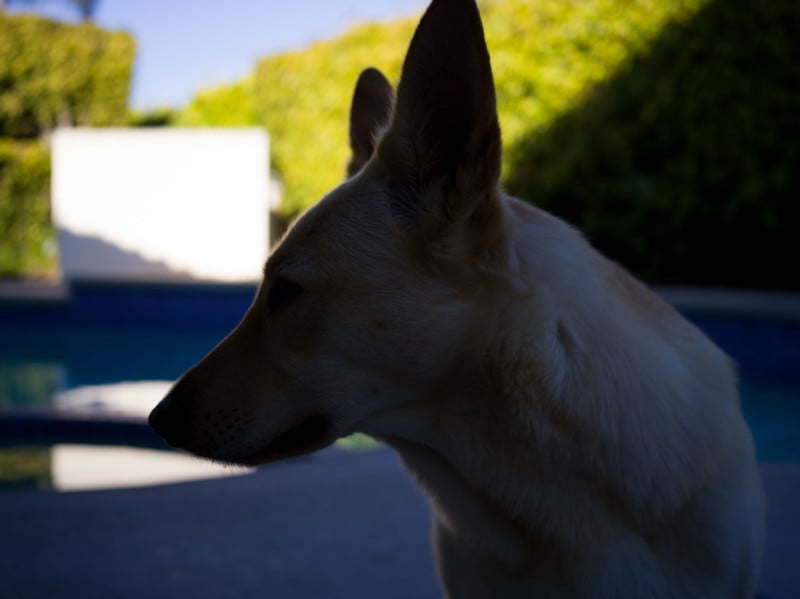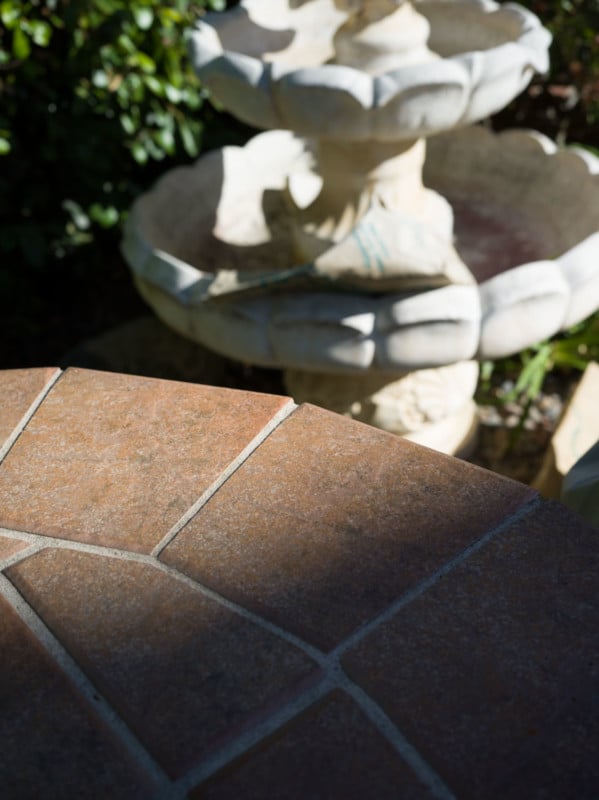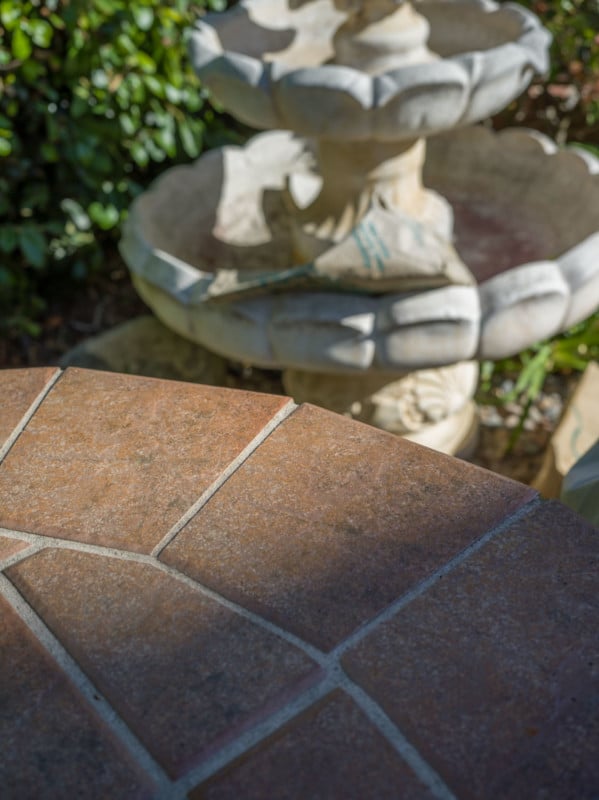Hasselblad 907X Review: Beautiful Photos, Frustrating Experience
![]()
Despite lots of gorgeous resolution and a beautiful solid metal design, the $6,400 Hasselblad 907X 50c is not without its problems. It lacks a traditional viewfinder and has noticeably slow autofocus.
It’s a system that took a fair bit of practice to get used to, but once you manage to figure out the camera’s quirks, you are sure to fall in love with the images you create with it. It’s up for debate if that effort is worth it in the end, as as much as the 907X gets right, frustrating design limitations hold it back from truly spreading its wings.
Design
Hasselblad’s latest medium format digital system is not only a throwback to the classic looking film systems of the companies early days, but also a beautiful metal 50-megapixel box that can operate as both a standalone digital system or as a digital back for classic Hasselblad V-System cameras that were made from 1957 and beyond. While it is slightly smaller than the other medium format bodies that the company has made in the past, it is still jam-packed with every feature you have come to expect from the Hasselblad name.
One of the first things you’ll notice about this system is the lack of a “traditional” viewfinder — electronic or optical — built into the camera. That said, there is an optional optical viewfinder for $499 that you can mount onto the system that has a fairly wide field of view and is detailed with markings for the XCD 21,30, and 45mm lenses to give you some idea for your image framing. It is definitely a neat-looking addition that adds a touch of flair to the system, but I didn’t find much use for it personally, even when shooting outdoors in bright light. In fact, shooting in bright light, in general, is tough with this camera.
![]()
If you’ve never shot with a top-down system before, the first few hours using this system can feel a tad awkward since you have to look at the rear touch screen display by holding it at eye level, or taking advantage of flipping the screen out a full 90 degrees to give you a little more flexibility with positioning. Luckily, I have been shooting with an old Twin Lens Reflex (TLR) system for a few years so the transition wasn’t hard to get used to. You can shoot this system using a shutter button located on the bottom corner of the camera much like traditional film systems, or by mounting an optional grip ($729) that provides you with four additional button, two dials, and a small joystick for more manual control over the system. Personally, I preferred using the grip to shoot since it allowed for much faster and easier setting changes.
![]()
The battery and dual SD memory card slots are found on the right side of the camera behind a “hidden” USB-C port on the left-hand side that is used to tether or charge the system. Under the touch display, there are a series of ports hidden under a rubber door that includes connections for headphones, mic, and flash ports. It is worth noting that while all of these connections and slots are hidden, there are zero claims of weather sealing anywhere on the product pages for this system. So if you plan on taking the 907X out in any sort of non-perfect weather, do so at your own risk.
![]()
![]()
![]()
![]()
![]()
Overall Performance
If you have ever used traditional TLR systems or any of the classic Hasselblad film cameras, using the 907X will feel quite familiar. If not, then it’s definitely going to shake things up and leave you with a bit of a learning curve to figure out, especially if you opt to use the camera without any of the optional accessories for added functionality.
Without the grip, you’ll notice there’s only one dial on the system that encompasses the shutter button on the front of the camera. By default, this will adjust the f-stop, but holding the small button on the opposite side of the camera down while spinning this dial will adjust your shutter speed. All other controls like ISO and shooting modes are only accessible via the touchscreen display on the back of the system. That’s not something that everyone will like, but the nice thing is the touch screen is incredibly responsive and smooth which makes even zooming in on image previews and moving forward/backward an absolute breeze.
![]()
![]()
The menu system on the 907X is actually quite refreshing. Compared to systems like Sony and even Nikon, the Hasselblad 907X menu is incredibly simplistic and easy to use. There are 5 buttons below the 3.2-inch touch screen with almost every function you need access to accessible by the touch functions. The menu is fully customizable letting you place your “favorites” in the order you’d prefer.
Another feature worth covering in this section is the Phocus 2 app for mobile devices. Connecting this system is incredibly easy and allows for some very handy camera controls if you decide to shoot it remotely. If you set it up, you can also download full-size JPEGs right to your phone or mobile device for fast client or social sharing.
![]()
There’s a lot of good things packed into this medium format system, but it is worth mentioning that battery life is not one of those things.
It is by no means the worst I’ve experienced and since many camera manufacturers are able to offer all-day life in batteries much smaller in size, I was hoping for even just a little more out of them. In the real working world, I would recommend having no less than two spare batteries with you so you’d not have to worry about a full day of shooting. This should let you keep a rotation of charged batteries going if you’re not in a position to plug the camera into a USB-C power source while on set.
The 907X can also shoot video. However, there is no stabilization available and the max resolution for video is 2.7K at 29.97fps which crops the image to 16:9. This crop was surprising to me given the native 4:3 ratio of the system for stills but, despite these not-so-impressive video specifications, the incredible colors you get from your stills also apply to your video. Just be sure to have things locked down on a tripod and pre-focused before you start shooting as even light jostling of the camera is extremely noticeable in the footage.
Image Quality And Dynamic Range
The photo quality is where things really stood out for me and my testing. The 907X system with the CFV II 50C is capable of capturing 50MP images at 8272 x 6200 pixels, which is significantly larger than a standard full-frame system but the sensor isn’t exactly new — It’s the same sensor as the X1D released in 2018.
Even without a brand new sensor, there’s just something about the colors that come out of this rig that are jaw-dropping. I’ve worked with a lot of systems over the years and there’s just something about the color you get out of the Hasselblad systems that I love. Maybe it boils down to personal editing style, but the image colors are almost exactly where I want them straight out of the camera, and I find they require very few adjustments.
![]()
![]()
![]()
The Hasselblad 907X has 14 stops of dynamic range available. While this was incredible at one point, it isn’t anything crazy anymore. However, what I found is the 907X will leave you with an incredible amount of detail in those recovered highlights and shadows to a degree that I feel exceeds expectations for those coming from full-frame or smaller.
While the camera can shoot from ISO 100 to ISO 25,600, there is a very noticeable grain present once you hit that ISO 6400 mark. It is not “bad” as it really reminds me of shooting on film, but be aware that the low-lit shots will have noise in them that is very visible.




Autofocus
Once you get comfortable with the intricacies of the system, you’re bound to notice the first major “flaw” in this camera and that’s just how slow and noisy the autofocus is. The 907X with the CFV II 50C back will definitely force you to change the way you shoot. In a weird way, it is kind of like jumping back to film shooting after years of digital-only.
Unlike some of the other recent cameras I have been testing which have made speed and burst shooting a primary feature, the Hasselblad makes you slow down, stop, and really appreciate what you’re putting into the photo. Clearly, this system isn’t aimed at action shooters since you have to frame, adjust the ISO, shutter, aperture, and then adjust the focus before snapping the final shot.
This is not a deal-breaker in the grand scheme of things, but it’s definitely worth being aware of if you’re a shooter who needs faster autofocus for your work. The system isn’t really designed with a street photographer or action shooter in mind but is instead meant for more thought-out, planned shoots in controlled environments. I missed focus on so many photos just trying to photograph my dog while doing some testing with the system.
![]()
Sample Images
![]()
![]()
![]()
![]()
![]()
![]()
![]()
![]()
![]()
![]()
![]()
![]()
What I Liked
- Discreet, vintage-looking system (if you leave off all the accessories)
- Very responsive touchscreen
- Mobile app is very easy to setup and use
- Gorgeous color science and medium format image quality
- Classic historic feel
- Additional accessories increase “usability”
- Modular design makes using with older systems easy and fun
- Not exactly cheap, but still one of the more affordable modular Medium Format Systems on the market
![]()
What I Didn’t Like
- Additional accessories are expensive
- Very slow and noisy autofocus
- Weak battery Life
- Video features are available but very limited
- Lack of a “true” viewfinder makes shooting outdoors in bright conditions difficult
- Missing traditional hot/cold shoe mounts for accessories and triggers
![]()
For the Love of the Photos, Not the Experience
This system is aimed at a professional studio, fine art, and commercial photographer. The ideal customer is one who is looking to combine the unique look and shooting experience with photos that reach incredible quality. If money isn’t an issue, and you want to flex a retro style with your medium format digital system, then perhaps the Hasselblad 907X and CFV 50C should be on your radar.
For most everyone else though, as much good as the camera offers it has so many other major pitfalls. It’s expensive, slow, the battery life is poor, and while its design is great for use in a controlled environment like a studio, it’s not really good for anything else. It’s a bit frustrating, to be honest, and expensive: everything together without any lenses is going to cost around $7,500. The camera body retails for $6,400, the grip kit is an additional $730, and the optical viewfinder adds on $500 more. Adding lenses is going to rack that price up even higher.
What there is to like here is bogged down by other issues that come very close to souring the whole experience.
Are There Alternatives?
There are several other medium format systems available for a similar price including the $5,750 X1D II 50C, the $4,499 Fujifilm GFX 50R, the $5,499 Fujifilm GFX 50S, and then some Phase One XT & XF Medium format systems that range in price from from $6,000-9,000. All of these systems offer you a suite of capabilities and lenses that’ll let you capture nearly anything you want to shoot. Each brand can offer more options, and more expensive medium format systems as well should you really want to dive down that rabbit hole. Specifically, the X1D II solves some of the issues that plague the 907X by offering a dedicated viewfinder and more buttons, but it doesn’t fix the slow autofocus or the battery life.
The bottom line is, there are a lot of systems out there for you to choose from at very similar prices. The decision on what to buy boils down to your personal preference of design, color science, and specific features available within each system. One benefit the Hasselblad system has going for it is the ability to use older film bodies with the digital back, along with its wide variety of lenses, which should make it an easier decision if you have some of those cameras in your kit already.
Should You Buy It?
Probably not. The 907x is a fantastic-looking retro camera that is undeniably fun to shoot. Hasselblad should be commended for the design here, as medium format cameras rarely look this good. Additionally, if you already own Hasselblad cameras and lenses, want to do more with medium format systems, and want to do it in style, then yes, it can be recommended.
But there are not a lot of people that fit into that extremely tight niche.
The colors and detail of the raw files straight out of the camera are honestly some of the best I have ever worked with and shot on to date. But, to be fair, while the colors may not be as nice straight out of the camera, with proper lenses you can get just as much detail out of the similarly priced Sony Alpha 1, get a better overall experience out of any of the current Fujifilm GFX cameras, or save yourself a few thousand dollars and use the Nikon Z7 II.